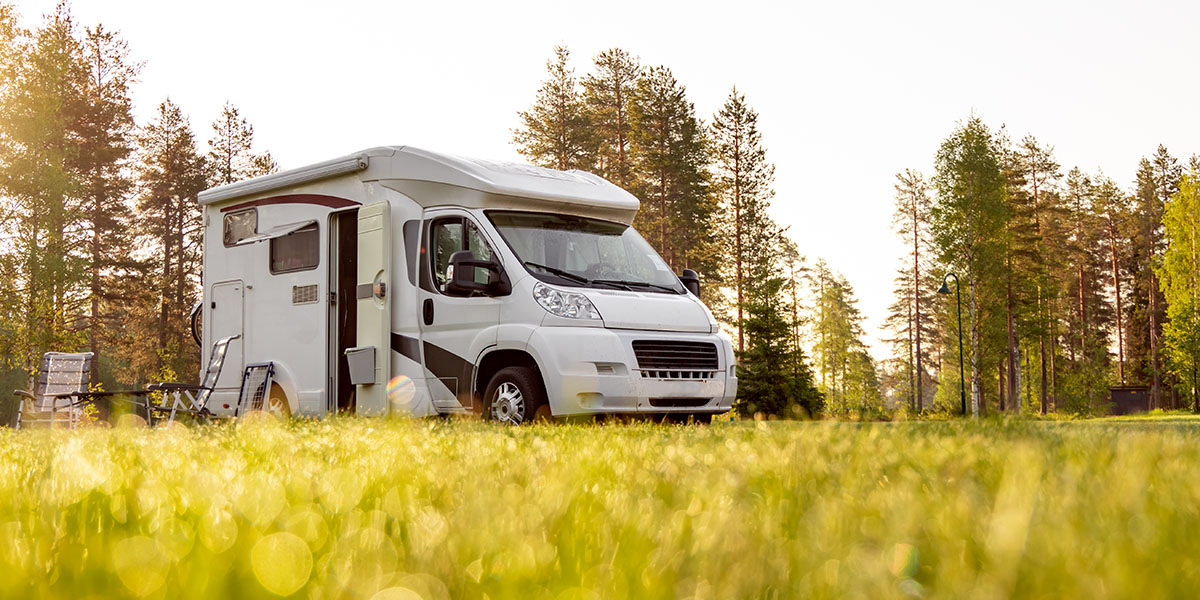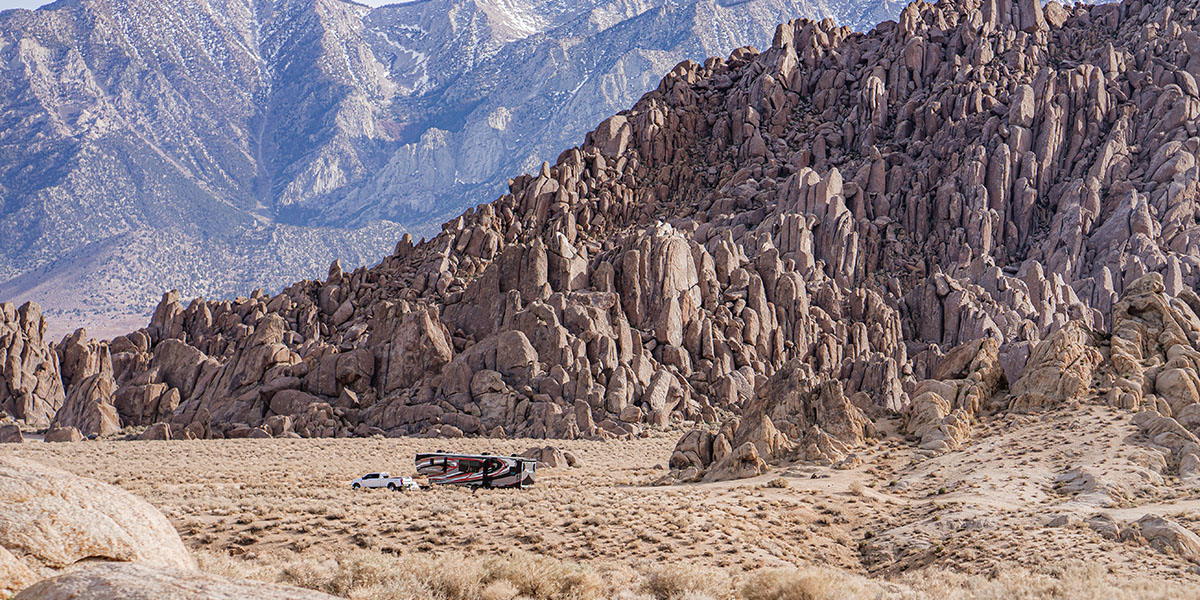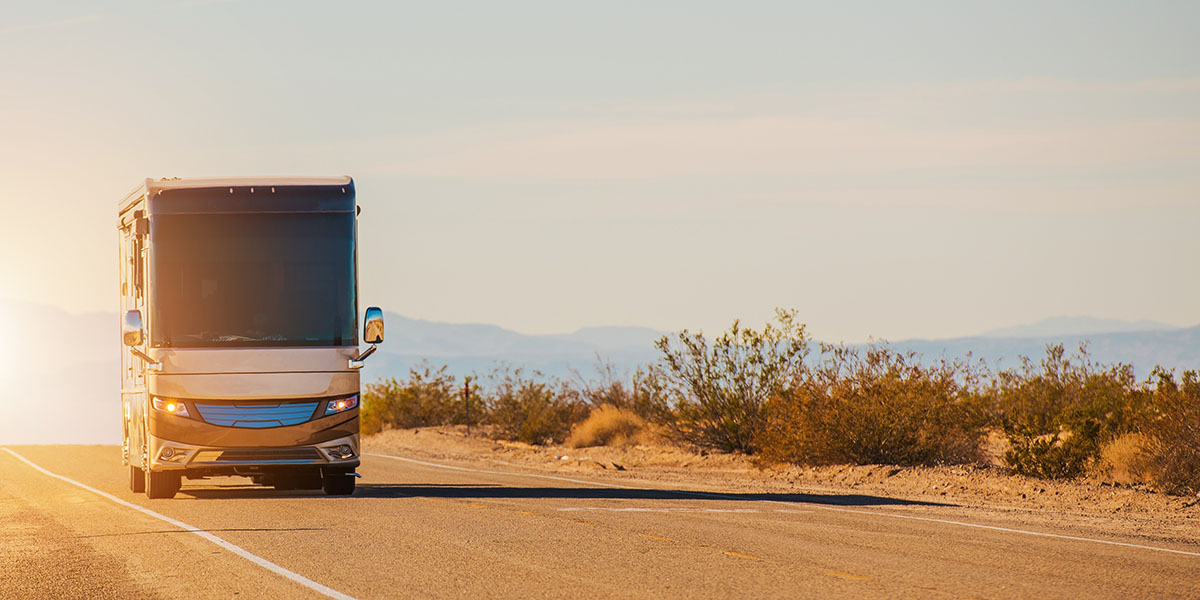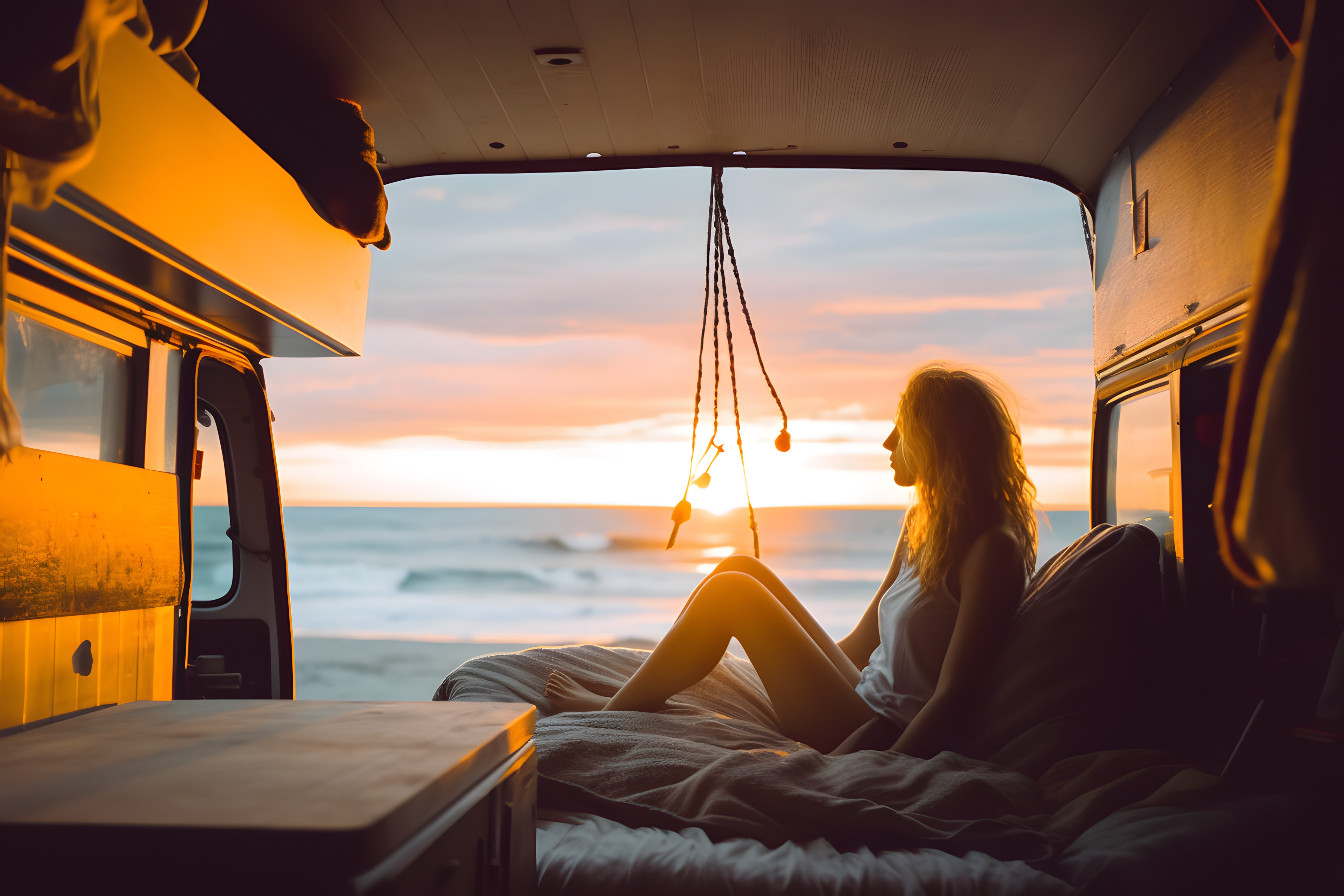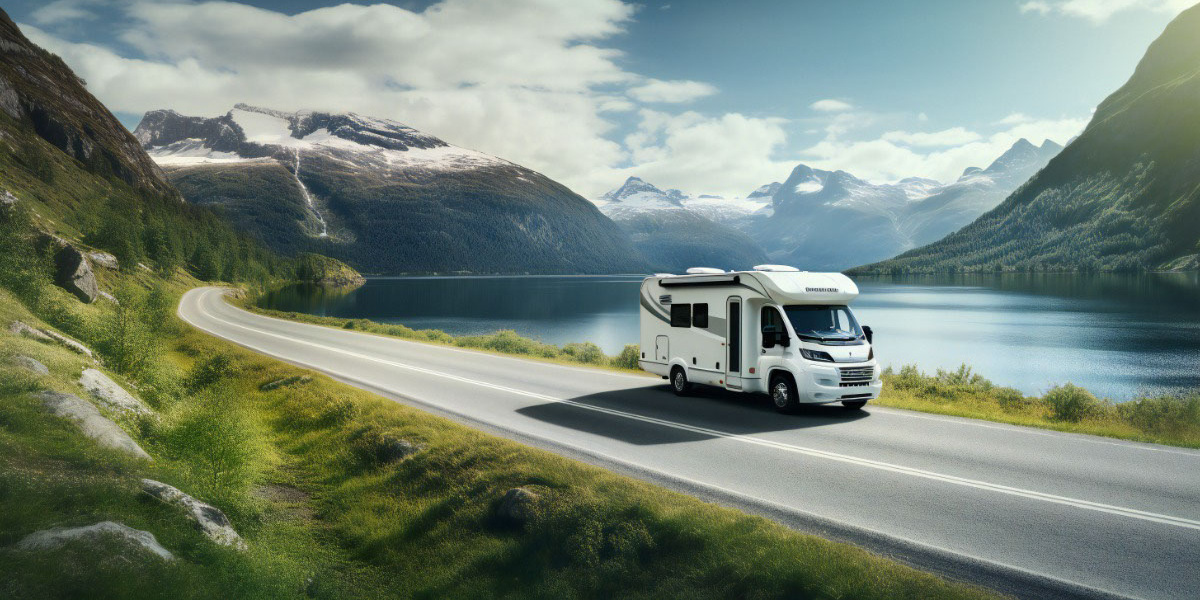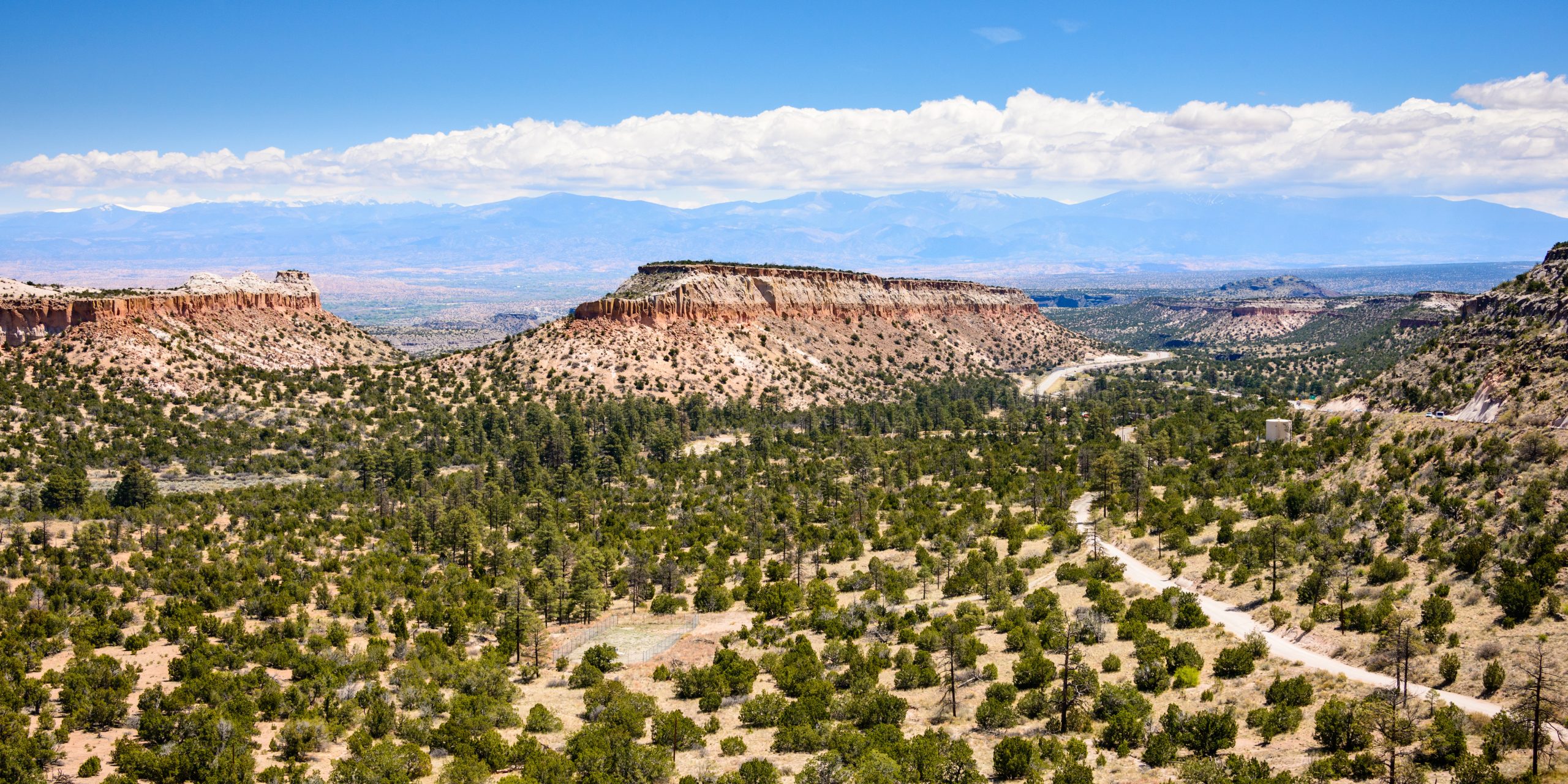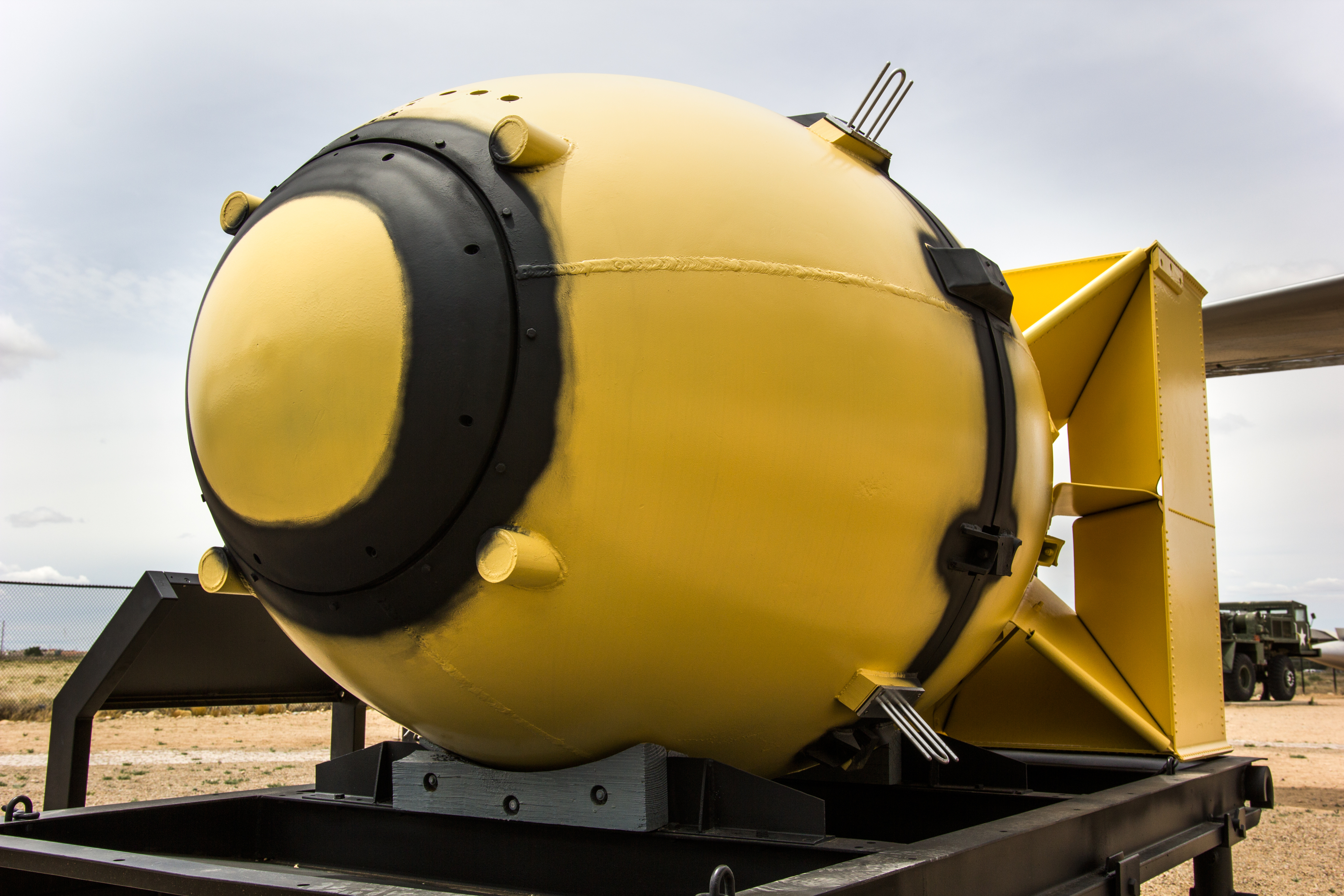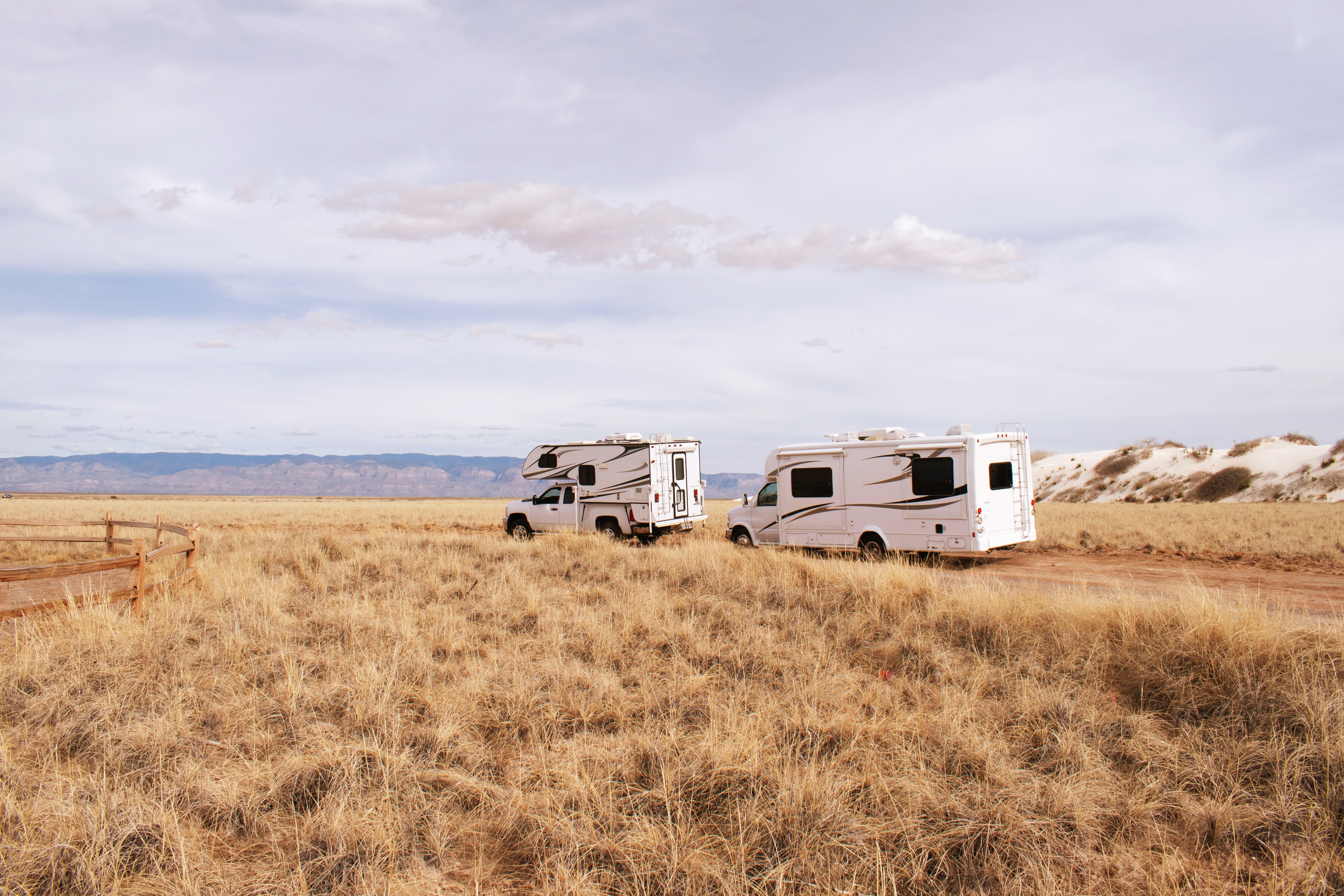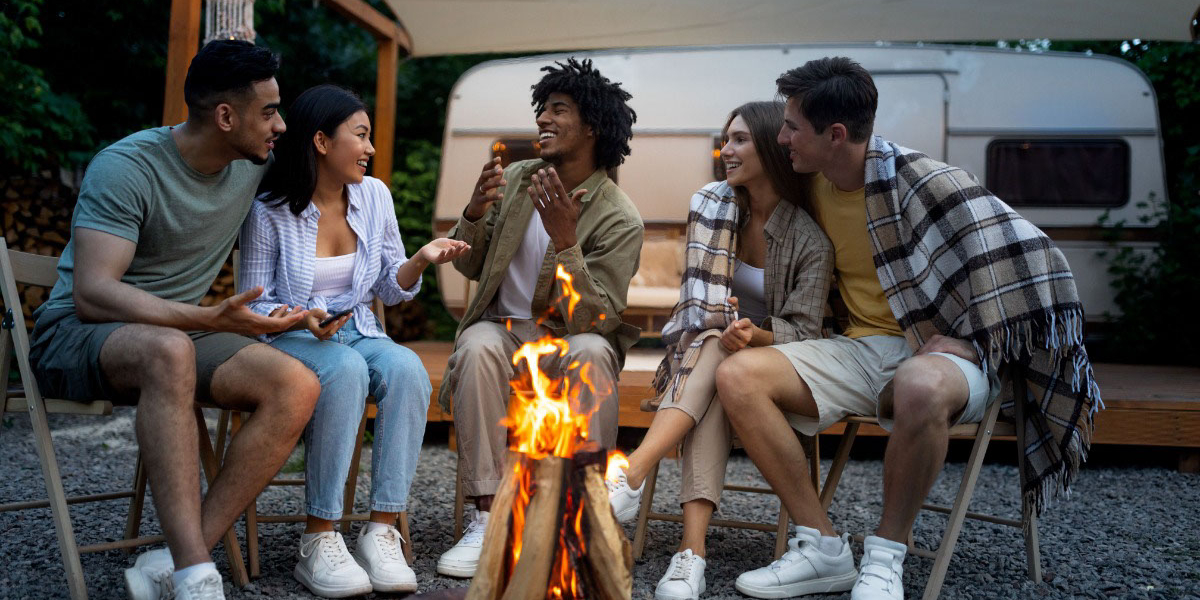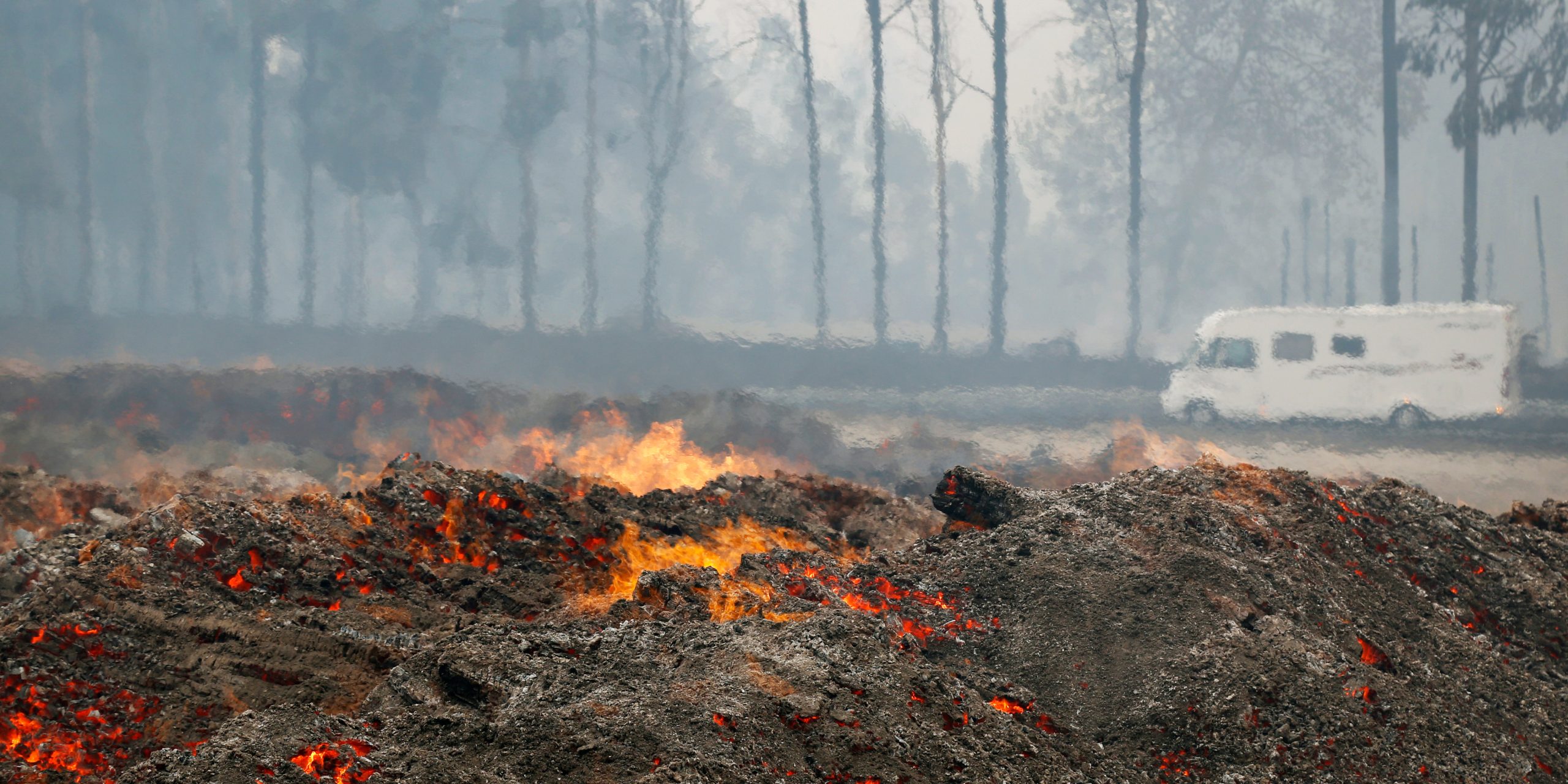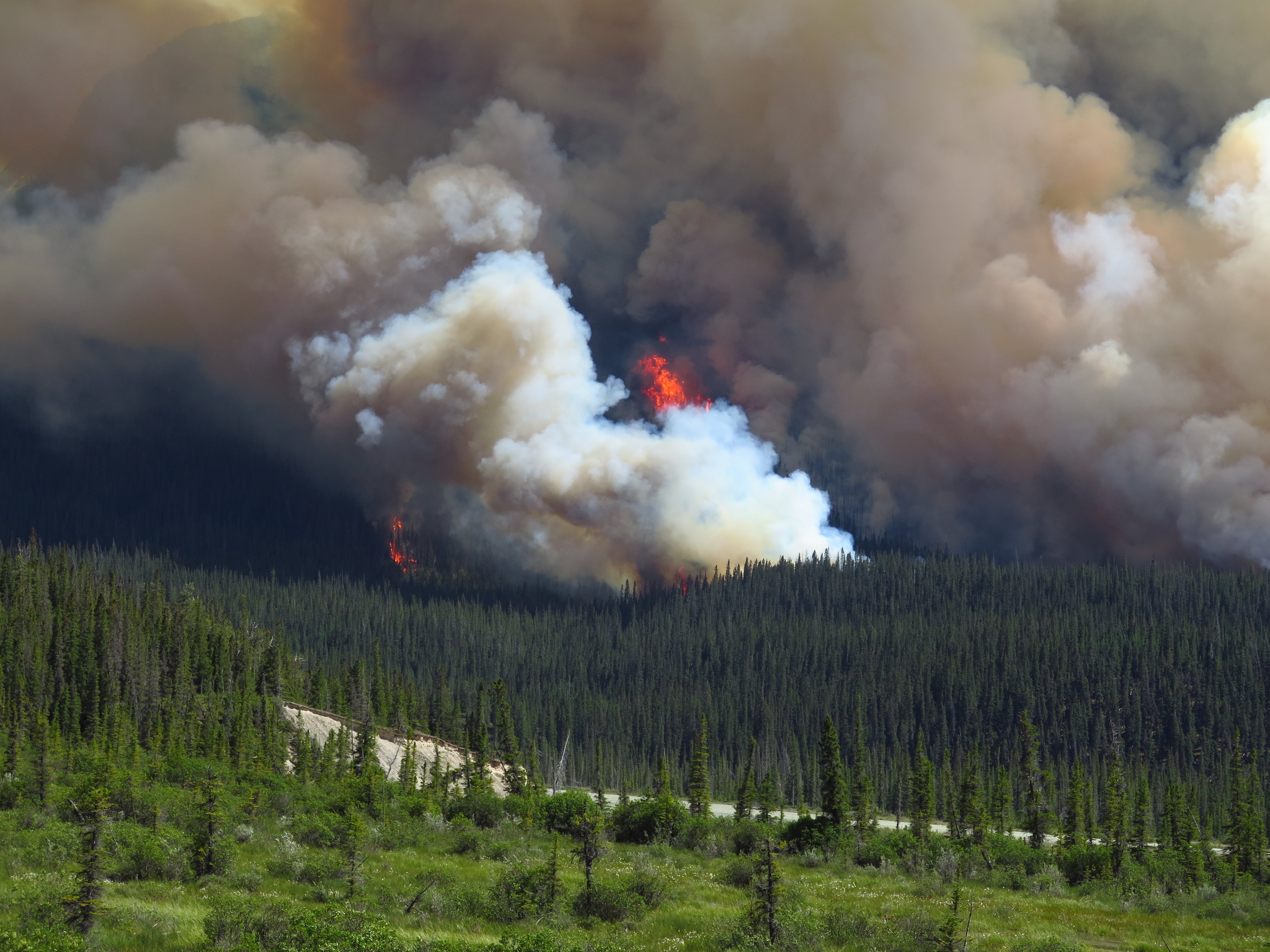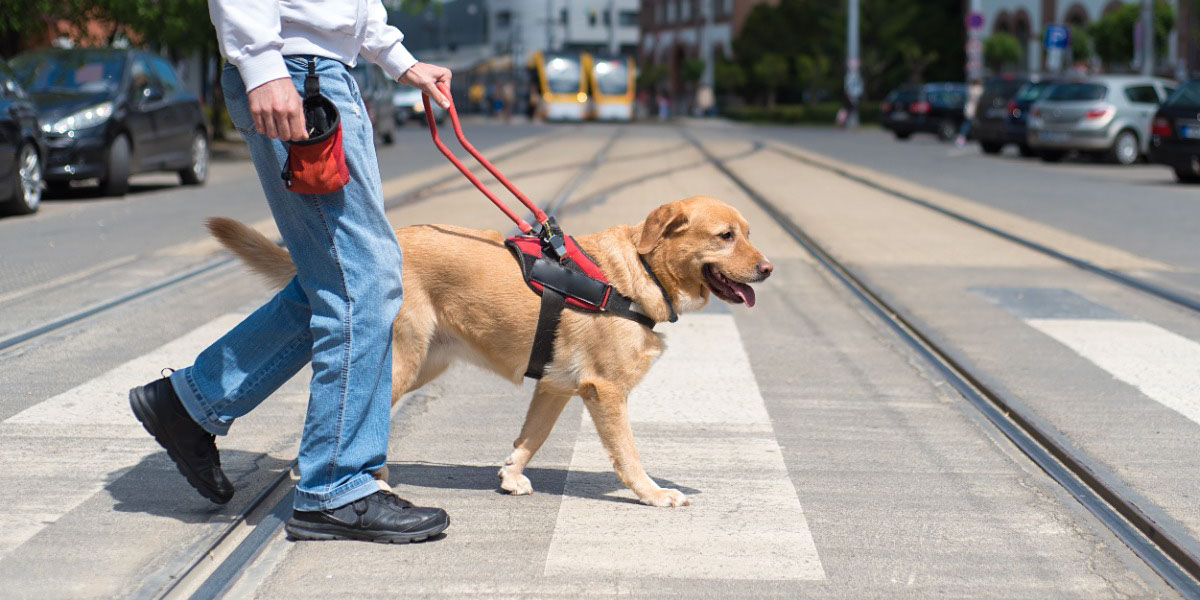In the ever-evolving world of RVs, individuals and families continue to embrace the freedom of life on the road. RV Trader recently analyzed the types of RVs that shoppers like you have been most commonly searching for in 2023. According to this search data, the RV types consumers are looking for so far this year are (in order): travel trailers, Class A RVs, Class C RVs, fifth wheels, and Class B RVs. Let’s dive into each of these categories and explore what has made them the most sought-after choices in the RV world.
1. Travel Trailers: Versatile Adventurers
Travel trailers continue to maintain their stronghold as one of the most popular choices for RV buyers in 2023, accounting for 24.8% of all searches by type through the end of July. Offering a perfect blend of comfort, convenience, and mobility, these trailers come in various sizes, accommodating both solo travelers and large families. The ability to unhitch the trailer from your towing vehicle and explore your surroundings more freely is a significant draw for many enthusiasts. With diverse floor plans, modern amenities, and the option to customize interiors, travel trailers cater to a wide range of preferences and budgets.
2. Class A RVs: Luxury Redefined
For those who yearn for a seamless combination of luxury and space, Class A RVs have remained a top contender in 2023, totaling 19.6% of all searches through the end of July. These motorhomes are akin to mobile mansions, boasting expansive interiors that rival upscale apartments. Equipped with high-end features such as full kitchens, roomy living areas, and en-suite bathrooms, Class A RVs provide a lavish home away from home. With advanced technology and plush furnishings, these vehicles cater to travelers who seek opulence and comfort while exploring the open road.
3. Class C RVs: Compact Convenience
A perfect fusion of maneuverability and comfort, Class C RVs came in third place, accounting for 15.9% of searches. Built on a truck or van chassis, these motorhomes offer a more compact yet well-appointed option for adventurers. Class C RVs strike a balance between the spaciousness of Class A models and the easy handling of Class B vehicles. With over-cab sleeping areas, ample storage, and versatile floor plans, they cater to both long journeys and weekend getaways.
4. Fifth Wheels: Towing Powerhouses
Fifth Wheels continue to captivate the hearts of RV enthusiasts in 2023, especially those who prioritize towing capabilities and spacious living. These RVs are designed to be towed by pickup trucks, providing a stable and secure towing experience. What sets Fifth Wheels apart is their unique bi-level design, featuring raised front sections that create additional living space. This layout allows for larger living areas, more storage, and even multi-level floor plans. With a focus on comfort and towing efficiency, Fifth Wheels remain a top choice for avid travelers. They came in fourth place, making up 11.8% of searches.
5. Class B RVs: Compact and Nimble
Class B RVs, often referred to as camper vans, are compact powerhouses that are popular due to their nimble nature and versatility. Coming in fifth place with 10.5% of searches, these RVs are cleverly designed to maximize space, offering sleeping quarters, kitchenettes, and even bathrooms. Built on standard van chassis, Class B RVs are easy to maneuver, making them ideal for urban exploration and off-the-beaten-path adventures. With advancements in design and technology, they provide a cozy and efficient option for those who value mobility without compromising comfort.
As the RV lifestyle remains intriguing for many in 2023, these popular RV types reflect the diverse desires and needs of modern adventurers. Whether it’s the versatility of the travel trailer, the towing prowess of the fifth wheel, or the luxury of the Class A RV, there’s a motorhome for every kind of explorer. So, if you’re embarking on a cross-country road trip or seeking the life of a weekend warrior, there are plenty of campers to cater to your wanderlust and sense of adventure.
If you’re ready to browse the market and buy your next RV, check out our inventory of new and used motorhomes on RVTrader.com.
